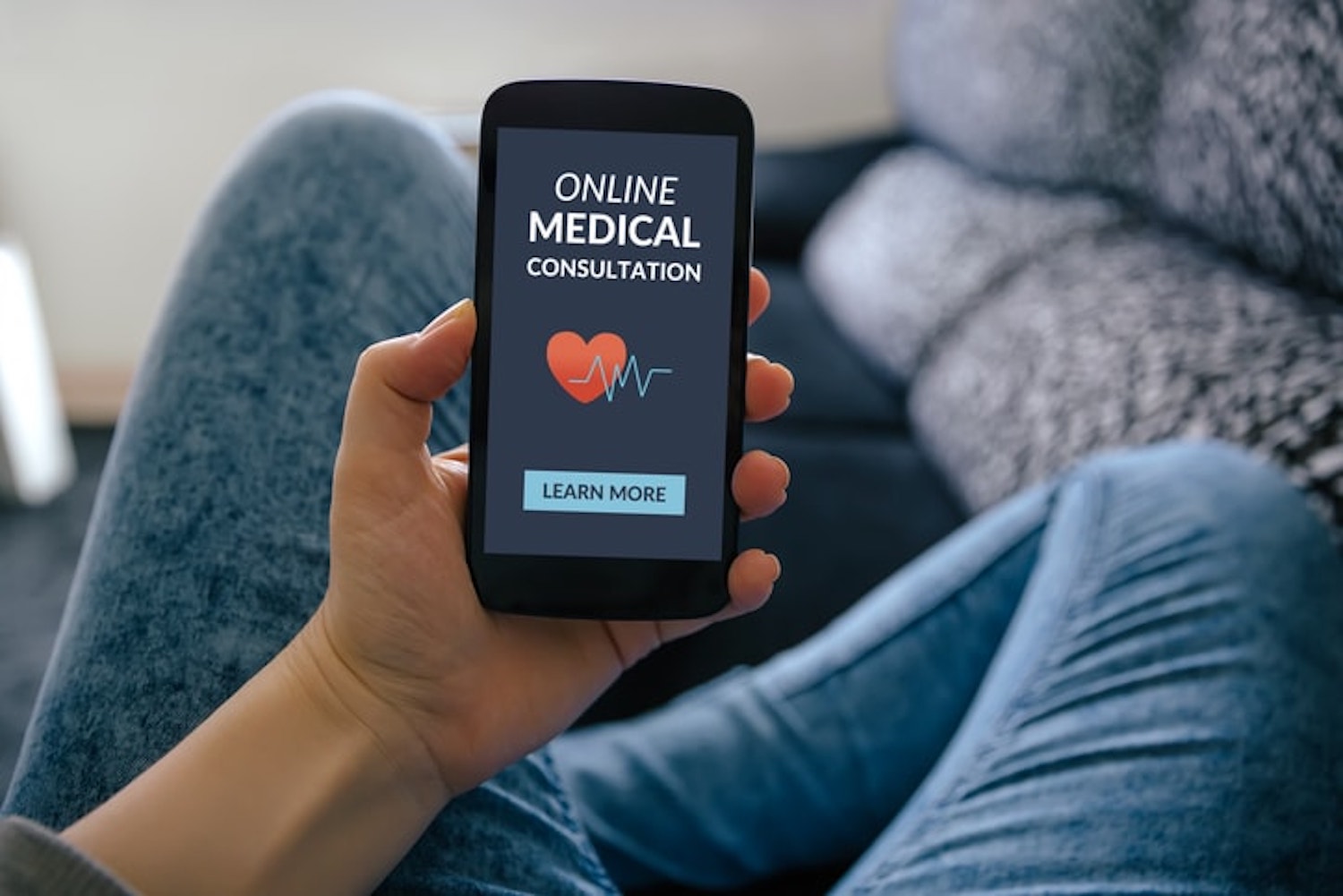New digital health technology is coming out every day and is changing the course of the MedTech industry as we know it. Many physicians are making the transition to using these digital health devices and technologies to improve patient care and outcomes. Some of this increase can be attributed to COVID-19 of course as it enabled them to provide care for patients remotely. However, many of these digital health devices and technologies have been around for a bit, so what caused the hesitation in adapting them sooner and what are some of the great perks of this new wave of medical care?
In 2016, the American Medical Association (AMA) conducted a study on a sample of 1,300 practicing US physicians with an age range of 28 – 65 to understand how they felt about the digital health movement and why they would or would not use it.1 Contrary to belief, the digital divide was not found to be related to age but more the size of the practice or the setting it was used in. So, what does this mean? Many found that these devices or technologies had kinks they wanted to learn more about before jumping in headfirst to the digital health realm. One of these concerns consisted of having the proper IT support and planning for any technical issues while ensuring there would be no harm caused to the patient in the event of an issue. Another major concern revolved around ensuring that their patients would still have data privacy for their records and information.
While that original study was in 2016, many of those concerns remain. The difference in recent years is the overwhelming level of benefits that these digital health technologies can have. AMA repeated the same study in 2019 and saw a large jump in the enthusiasm and optimism of these digital healthcare tools that has encouraged many more physicians to adopt these technologies. According to the 2019 study, 87% of physicians saw at least some advantage in digital health tools.2 Some of these advantages include improved practice efficiency, increased patient safety, and an improvement in patient safety.
2020 has shown us that these digital tools for healthcare are the future. Do you have a new or existing digital healthcare tool or device you need quality/regulatory help with? Give EMMA a call at 248-987-4497 or email info@emmainternational.com to learn how EMMA can help your product move forward in the market.
1AMA (2016) Digital Health Study Physicians’ motivations and requirements for adopting digital clinical tools retrieved on 6/1/2021 from: https://www.ama-assn.org/sites/ama-assn.org/files/corp/media-browser/specialty%20group/washington/ama-digital-health-report923.pdf
2AMA (2019) AMA digital health care 2016 & 2019 study findings retrieved on 6/1/2021 from: https://www.ama-assn.org/about/research/ama-digital-health-care-2016-2019-study-findings





